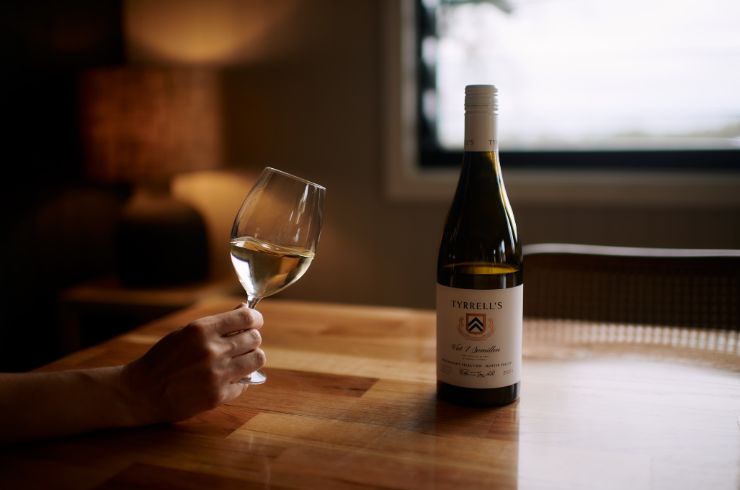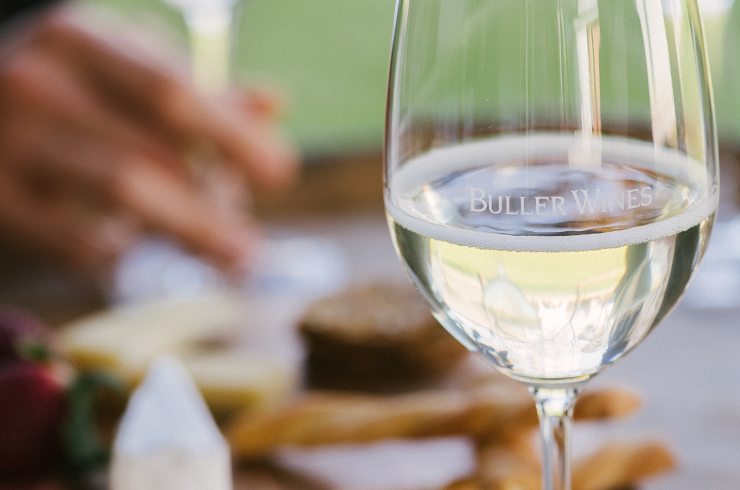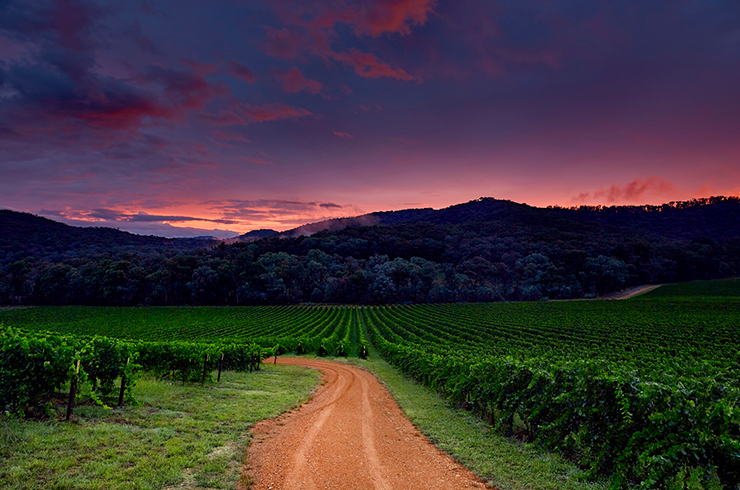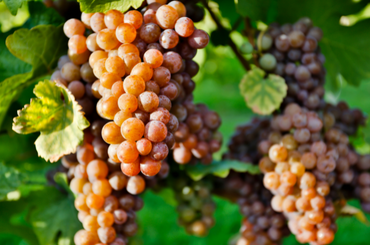Given our love affair with pinot gris, or pinot grigio if you opt for the Italian name over the French, it’s hard to imagine Australian offerings were a novelty two decades ago. Now, the choice is mind-boggling. However, not all gris is created equal. It is a cool or mild climate variety and the best hail from the likes of Mornington Peninsula, Yarra Valley, Canberra District, Tasmania and Adelaide Hills.
While aromas and flavours might include white blossom, poached pears and/or apple, quince, ginger spice and more, the allure of pinot gris is its wonderful texture. Its acidity is modest so it’s not racy like riesling or vermentino and the better winemakers age it on lees in old oak to bolster its texture. Then you can expect more savouriness, layers of flavour with perhaps creamed honey, bread dough and almonds plus length across the palate.
If picked too ripe, gris can turn out oily or flabby. It needs to be grown in the right spot, given the same attention to detail as say pinot noir (gris is a mutation of pinot noir) and it must not be over-cropped as that leads to insipid wine. Certainly tighter, crunchier styles can be made well as the variety is not one-dimensional. It is nothing like sauvignon blanc although many thought it would be Australia’s answer to Marlborough Savvy B: a cash cow.
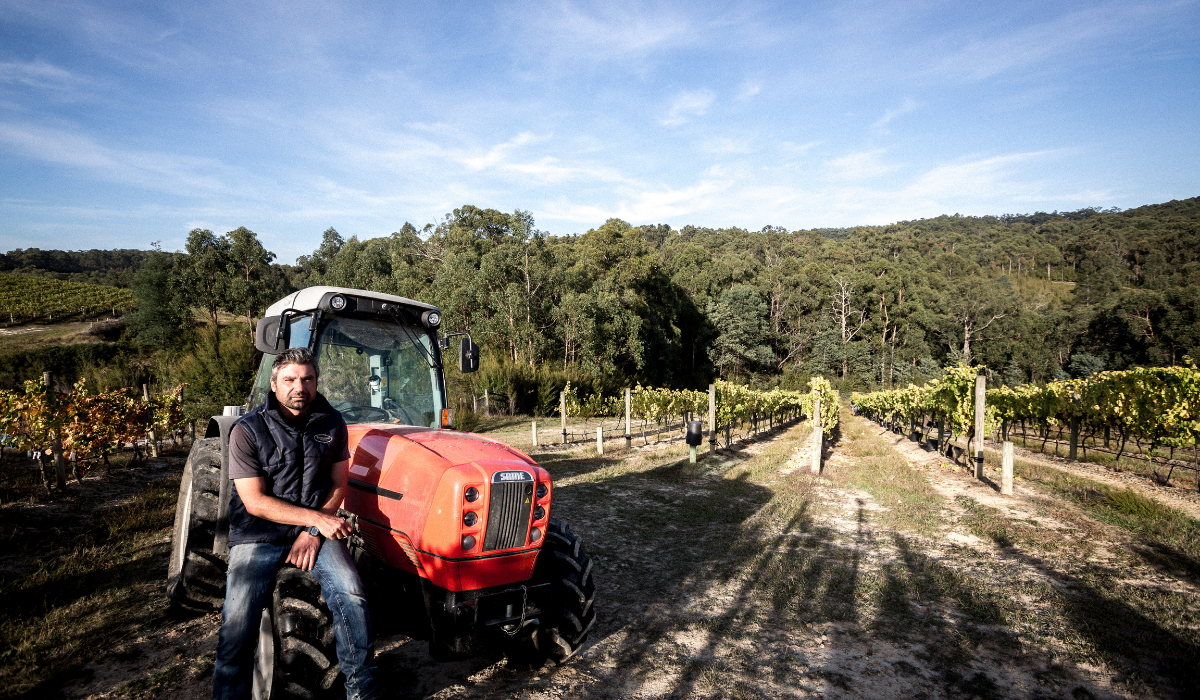
The great news is the raft of wonderful skin-contact examples coming out. While Franco D’Anna from Hoddles Creek Estate in the Yarra Valley has been experimenting with such a style since 2013, his Skins 2022, in a 500ml bottle, is a revelation.
“The fruit is destemmed but not crushed, fermented on skins for two weeks and hand-plunged daily for that time then lightly pressed to old barriques and bottled in August. Basically, I make it like a red wine,” he says.
It’s one of the finest and most satisfying I’ve tried with a gorgeous orange-pale-red hue, flavoursome, aromatic with pitch-perfect phenolics. He also makes a very good Estate pinot gris, which has a component of skin-contact blended into it but Skins as a standalone is here to stay.
And yet, Franco once thought pinot gris “boring to make and drink”. The light bulb moment came while working vintage in Sicily, tending different varieties but the outcome was the same: the flavour came from skins not the pulp. “I guess the fault was partly mine because I didn’t explore what made pinot gris interesting. It is certainly not plain or boring.”

Kate McIntyre MW, Moorooduc Estate’s director of wine business on the Mornington Peninsula, has produced an excellent pinot gris on skins since 2015. She also had a similar idea of making it like a red wine given it really wasn’t a white variety either.
“I think pinot gris is the little underdog. People were treating it as the next sauvignon blanc – as in picking it too early with lots of acid and no flavour – which is pretty depressing. Now there is a platform (with skin-contact) for those passionate about it to really go to town and make the best pinot gris they can.”
Another bonus, says Kate, is that “pinot gris ages well, and it is a fabulous food wine and copes brilliantly with spicy food.”
Top image credit: Wine Australia.

